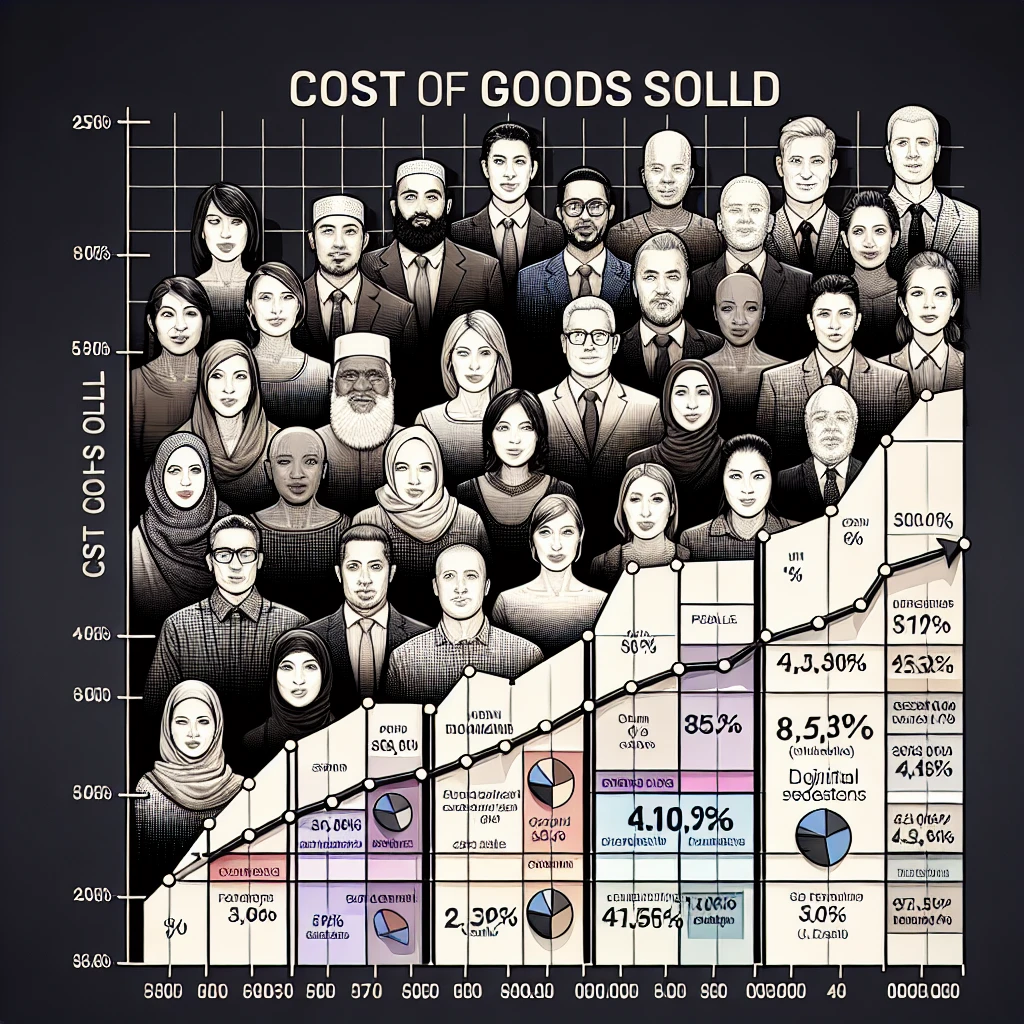Breaking Down Digital Product Profitability
When it comes to profitability, digital products stand out with their unique economic dynamics. Unlike physical goods, digital products boast nearly infinite scalability and negligible distribution costs, which can lead to exceptionally high profit margins. But what factors truly drive this profitability? Let's dive in.
Firstly, the scalability of digital products is unmatched. Once developed, a digital product can be sold countless times without depleting inventory or incurring significant additional costs. This is in stark contrast to physical products, where each unit sold reduces inventory and incurs manufacturing and shipping expenses.
Moreover, distribution costs for digital products are a fraction of their physical counterparts. Without the need for storage, shipping, or handling, digital products can be delivered instantly to consumers worldwide, slashing the traditional logistical expenses and enhancing profit margins.
However, it's not all smooth sailing. Digital products require substantial upfront investment in development and marketing. The challenge lies in creating a product that resonates with consumers and stands out in a crowded online marketplace. Additionally, accurate revenue recognition is crucial to understanding the financial health of digital sales, as is navigating the complex tax laws that govern them.
Ultimately, the profitability of digital products is a balancing act. While the potential for high margins is significant, it demands a strategic approach to development, marketing, and financial management to truly capitalize on the digital advantage.

Physical Product Profit Margins: A Closer Look
Shifting our focus to physical products, the landscape of profit margins is markedly different. Here, the cost structure is more complex, and the margin for error slimmer. Physical products are tangible; they require raw materials, production, warehousing, and a delivery mechanism to reach the customer. Each of these stages involves costs that can erode profit margins if not managed meticulously.
Let's dissect these costs further:
- Manufacturing: The production of physical goods can be a costly affair, especially for small businesses or those producing niche items. Economies of scale play a crucial role here; larger production runs can reduce the cost per unit, but this requires significant upfront investment and risk.
- Storage: Unlike digital products, physical items need to be stored in a warehouse or retail space. This not only adds to the overhead costs but also ties up capital in inventory, which can be particularly challenging for seasonal or trend-driven products.
- Shipping: The logistics of getting a product to the customer's doorstep is another area where costs can quickly add up. Factors such as weight, size, and destination all impact shipping expenses, and with the rise of free shipping expectations, these costs are often absorbed by the seller, further squeezing margins.
Moreover, there are hidden costs that are often overlooked but can significantly impact profitability. These include:
- Insurance and liability costs associated with storing and transporting physical goods.
- Costs related to inventory management, such as shrinkage, obsolescence, and stockouts, which can disrupt sales and customer satisfaction.
- The potential for returns and refunds, which not only affects revenue but also incurs additional handling and restocking expenses.
Despite these challenges, physical products are not without their advantages. They offer a tangible value that digital products cannot replicate, often leading to a different customer perception and value proposition. Moreover, physical products can leverage branding and packaging as part of their marketing strategy, which can enhance perceived value and justify higher price points.
In conclusion, while physical product profit margins are undoubtedly influenced by a myriad of costs, strategic cost management and a keen understanding of the market can lead to successful and profitable physical product ventures. It's about finding the right balance between cost control and value creation.
Comparative Analysis: Maximizing Profit Margins
When it comes to e-commerce, the profit margin is the lifeblood of the business, dictating its viability and growth potential. A comparative analysis of strategies to maximize profit margins for both digital and physical products reveals a landscape of contrasts and commonalities. In the digital realm, the absence of physical constraints presents unique opportunities for margin enhancement. However, it's not without its challenges.
For digital products, the initial development cost is often the primary expense. Once developed, these products can be sold an infinite number of times without additional costs for production or shipping. This scalability is a significant advantage. To maximize profit margins, sellers can:
- Automate distribution to reduce overhead.
- Utilize online marketing strategies to reach a global audience at a low cost.
- Offer tiered pricing models to cater to different customer segments.
Moreover, digital products benefit from the speed and accuracy of revenue recognition, which can improve cash flow and financial forecasting. Yet, they face challenges such as piracy and a crowded marketplace, which can pressure sellers to constantly innovate and add value to retain customers.
On the flip side, physical products require a more hands-on approach to maximize margins. Strategies include:
- Optimizing the supply chain to reduce costs of goods sold.
- Implementing lean inventory management to minimize waste and storage costs.
- Negotiating better shipping rates or passing some of the costs to customers.
Physical products also allow for a different kind of customer engagement, with branding and packaging playing a crucial role in justifying premium pricing. However, sellers must navigate the complexities of tax laws and the impact of returns and refunds on profit margins, as outlined in our previous sections.
Ultimately, whether dealing with bits or atoms, the key to maximizing profit margins lies in understanding the unique cost structures and market dynamics of each product type. By leveraging the strengths and mitigating the weaknesses inherent in selling digital or physical goods, e-commerce businesses can thrive in an increasingly competitive landscape.







